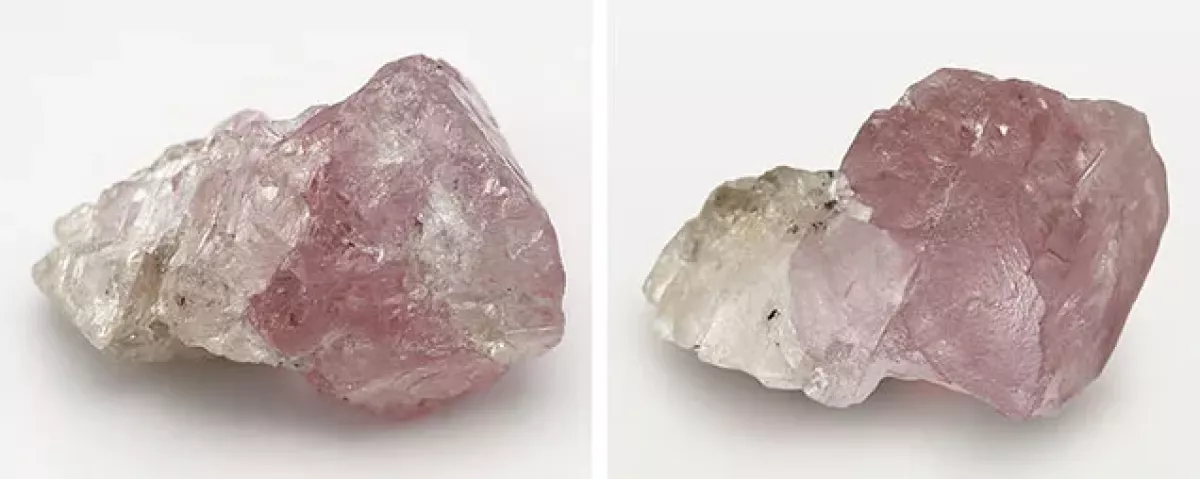Remarkably rare "two-coloured" diamond weighing over 30 carats found in Botswana mine
Experts at a laboratory in Botswana managed by an American research center recently examined a remarkable natural diamond featuring two distinct colour zones. The diamond is half pink, half colourless, and weighs an impressive 37.41 carats (7.5 grams), which industry experts call an extremely rare find.
Sally Eaton-Magaña, senior manager of diamond identification at the Gemological Institute of America (GIA), a Californian nonprofit research center, told the Live Science publication that the pink half likely formed first, but it may not have always been rosy.
“The pink section likely was initially colourless and then plastically deformed, perhaps by a mountain-forming event millions of years ago, resulting in its pink colour, with the colourless section forming at a later time,” she explained.
Pink diamonds are exceedingly rare, and scientists still do not fully understand their formation. Diamonds originate more than 160 kilometers beneath the Earth’s surface in the mantle, where extreme heat and pressure bind carbon atoms into a tight lattice. This structure can rapidly ascend to the surface through volcanic activity, producing rough diamonds.

Diamonds can gain colour through impurities trapped in the lattice, though this is uncommon because few elements are small enough to infiltrate the mineral structure. Another way diamonds acquire colour — often green — is via radiation, if nearby rocks contain elements like uranium that can displace carbon atoms and create vacancies in the lattice.
Pink diamonds, however, derive their colour from structural deformation. Their lattice has been bent or compressed by geological processes, and precise temperature and pressure conditions are required. “Too much deformation turns the gems brown,” according to GIA experts.
For a diamond to exhibit two distinct colour zones, it must have formed in two separate phases. First, the pink half assembled and underwent deformation; later, the colourless half formed, with its lattice remaining unaffected by the geological stress.
While this new diamond is not the first pink-and-colourless natural diamond discovered, GIA experts note that previous examples were much smaller, typically weighing no more than 2 carats (0.4 grams).
The diamond originates from Botswana’s Karowe mine, which has a history of producing extraordinary gems. GIA recalled that the mine yielded the 2,488-carat (0.5-kilogram) “Motswedi” diamond, the second-largest rough diamond ever recovered, as well as the 62-carat (12.4-gram) “Boitumelo” pink diamond.
By Nazrin Sadigova








